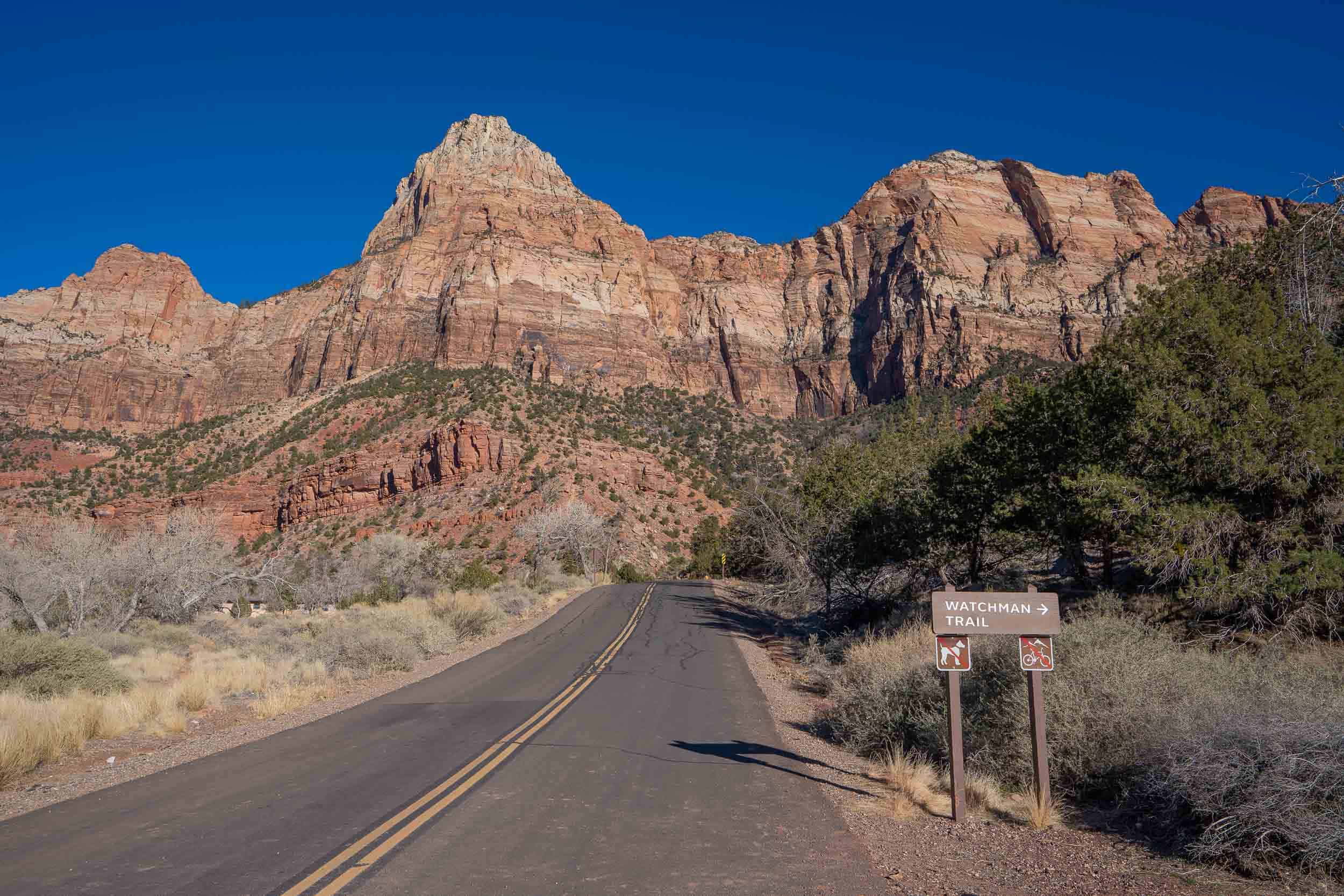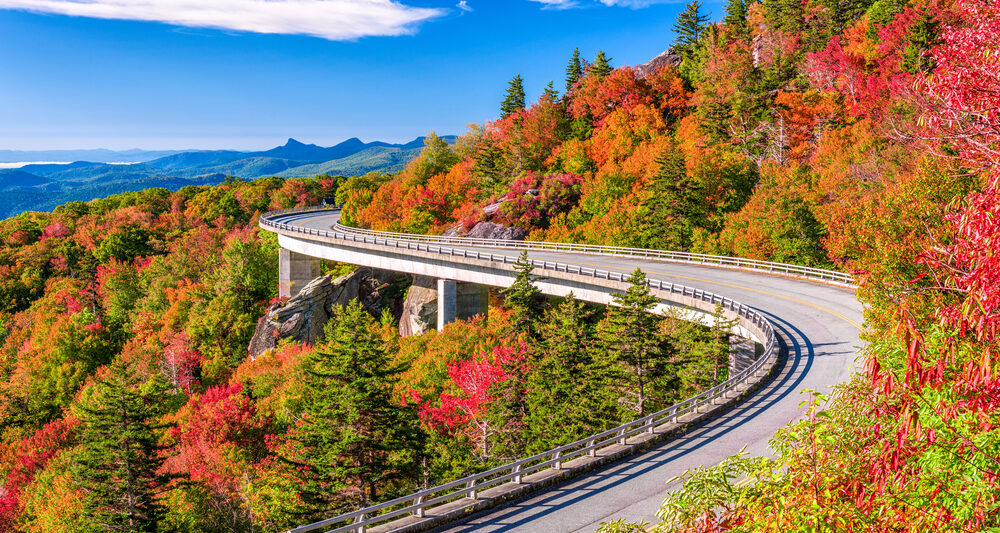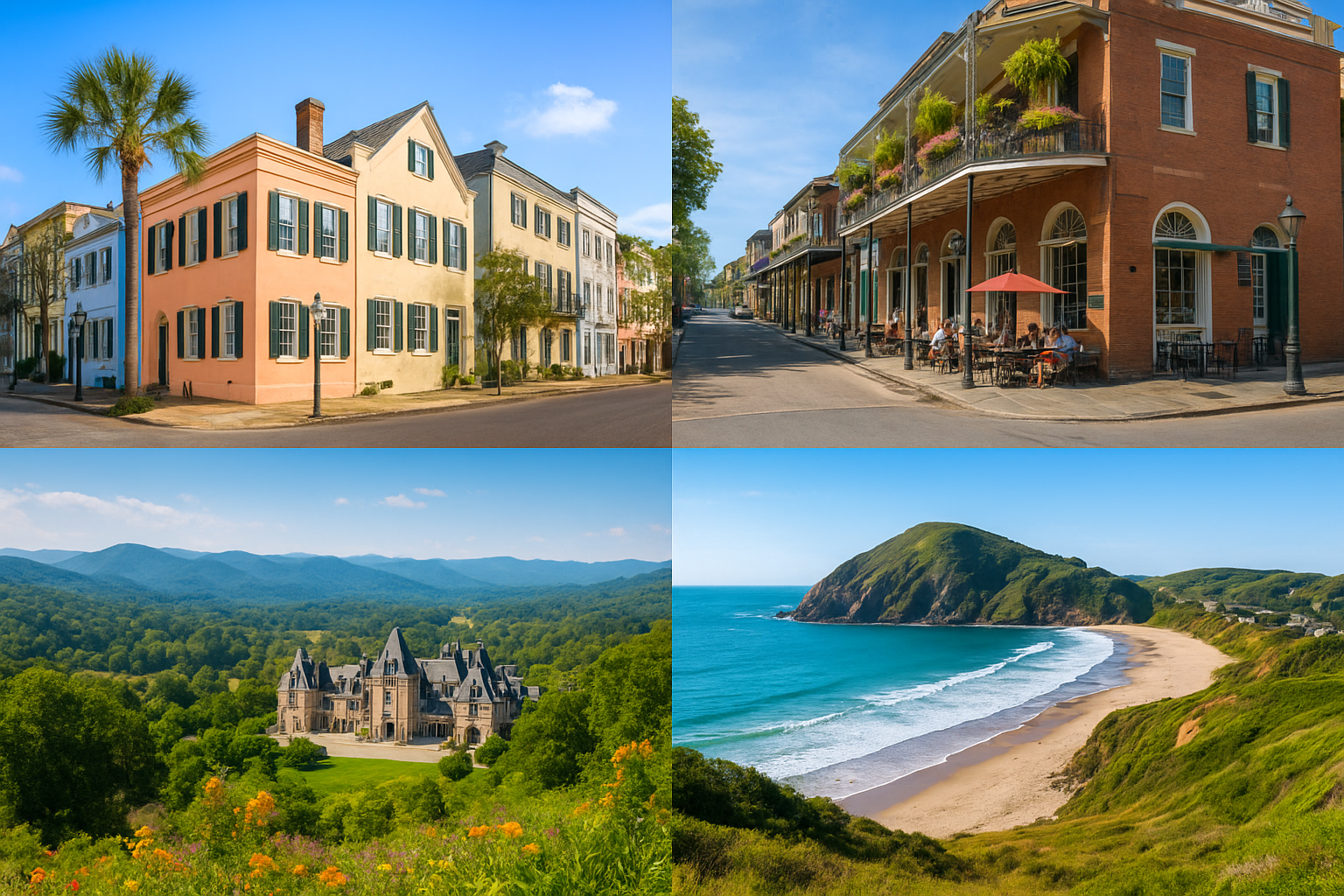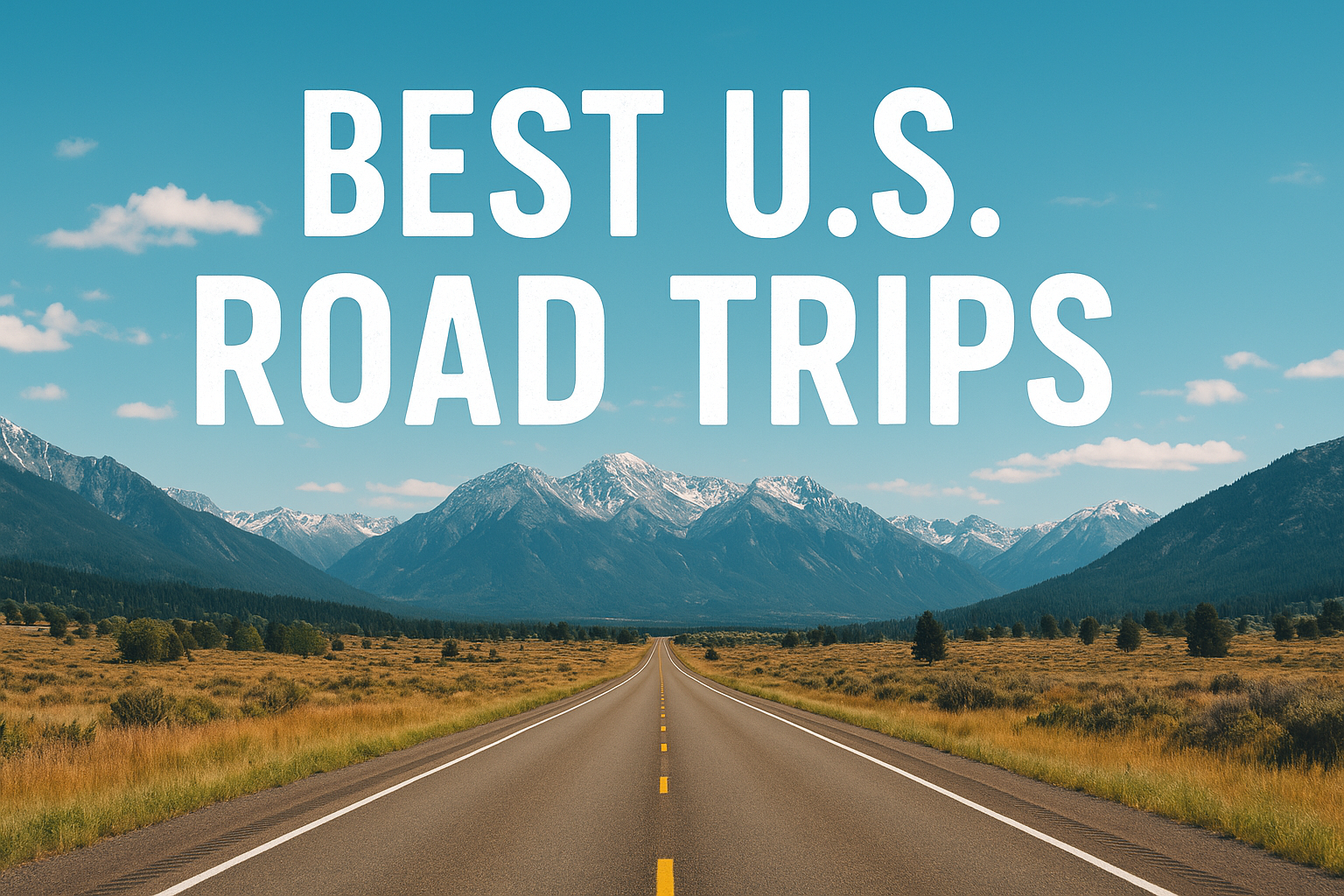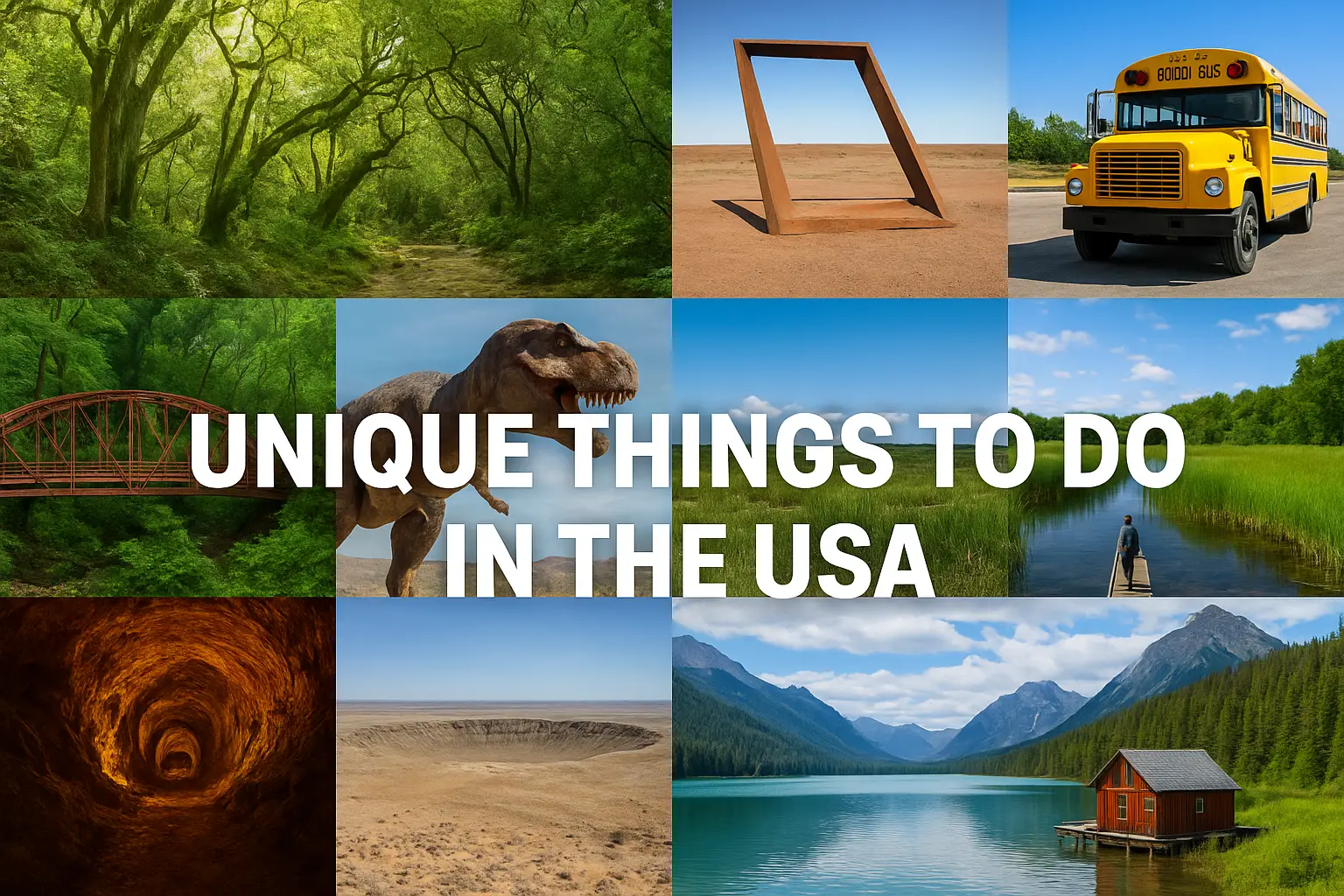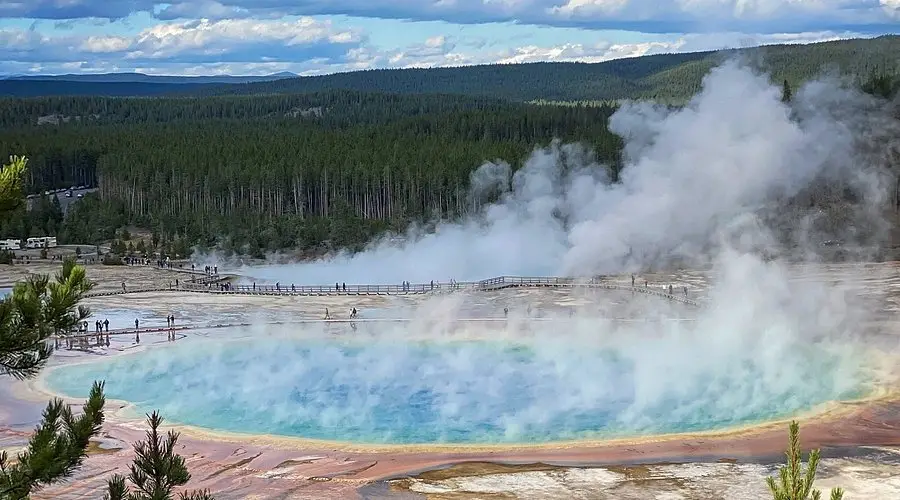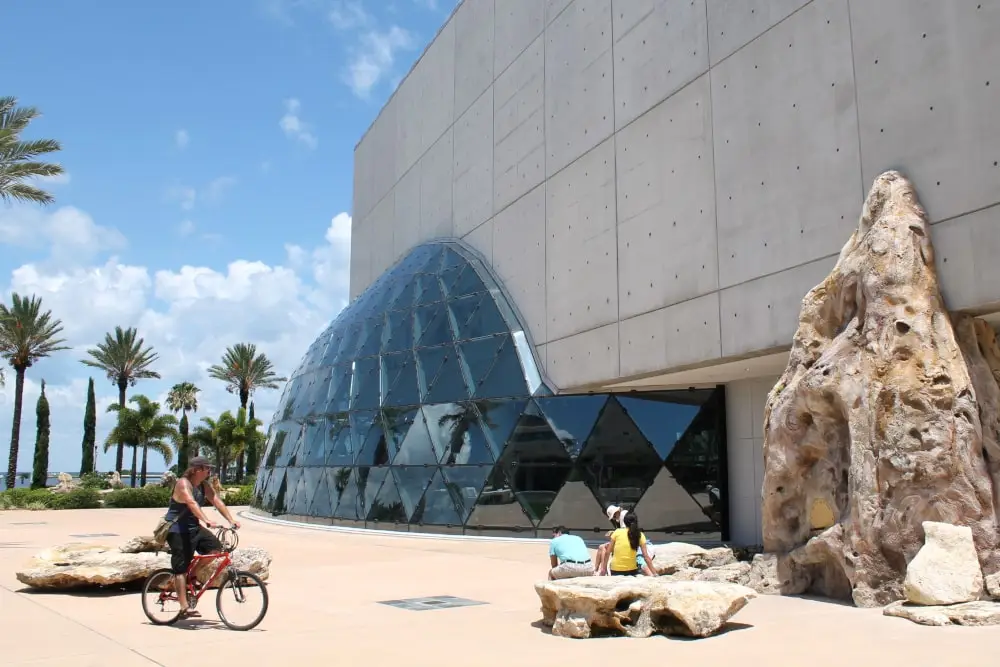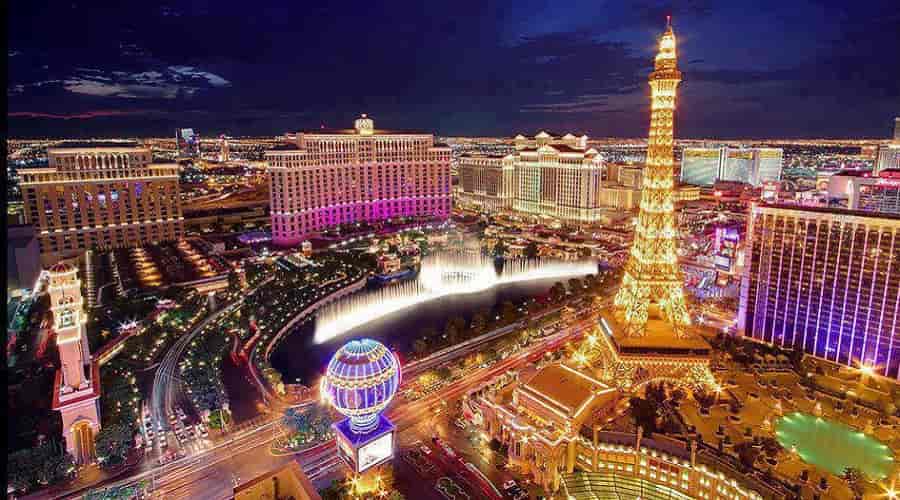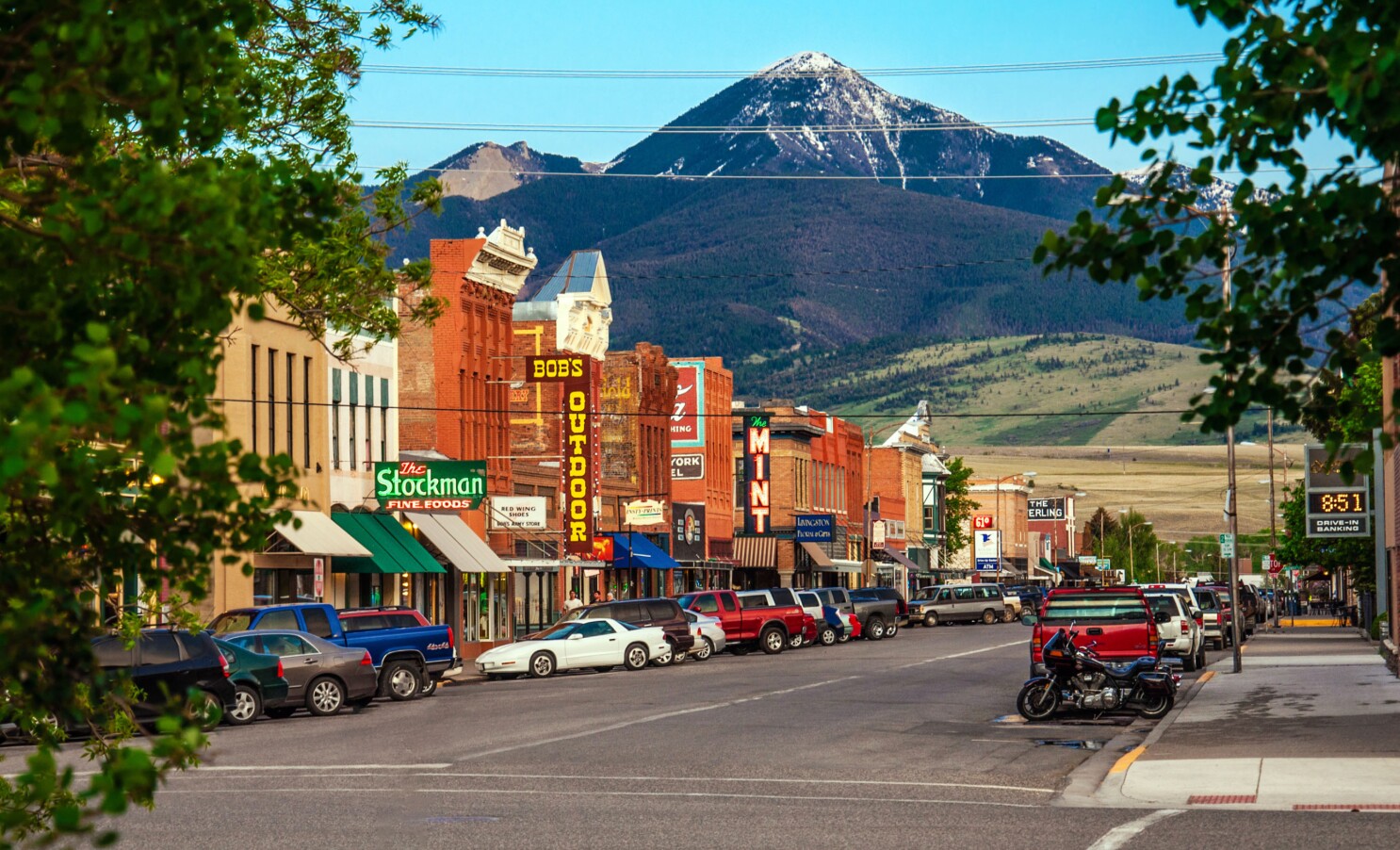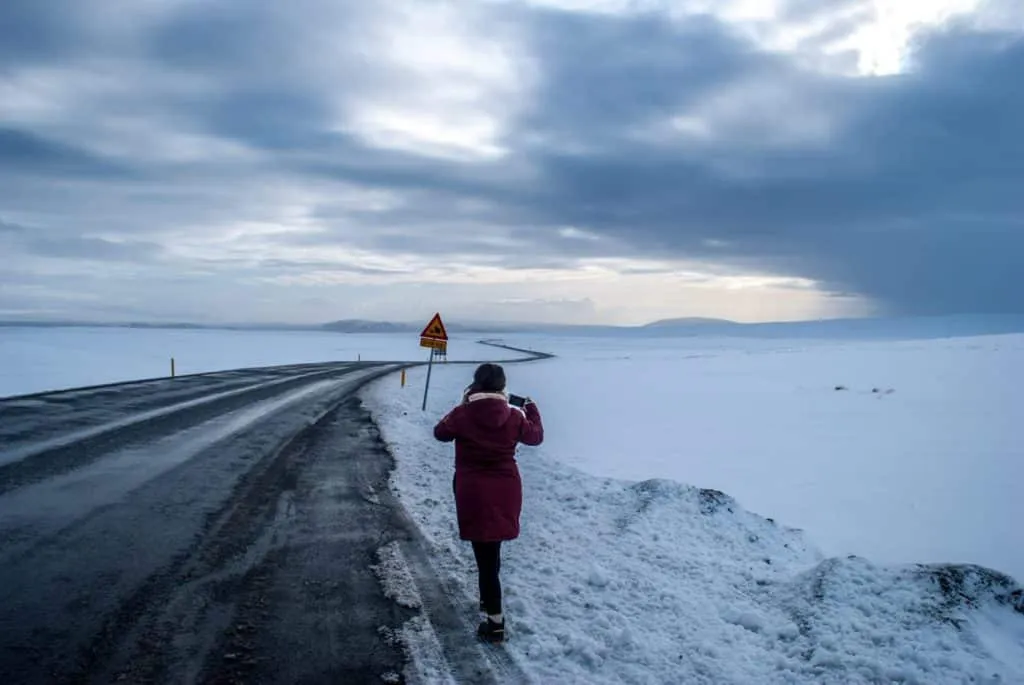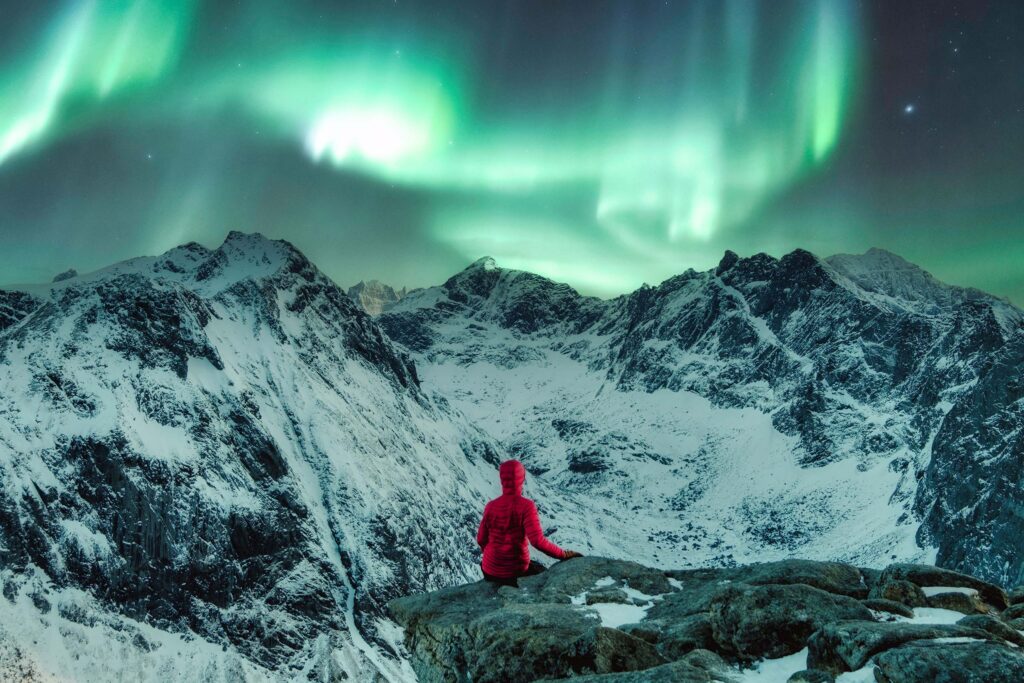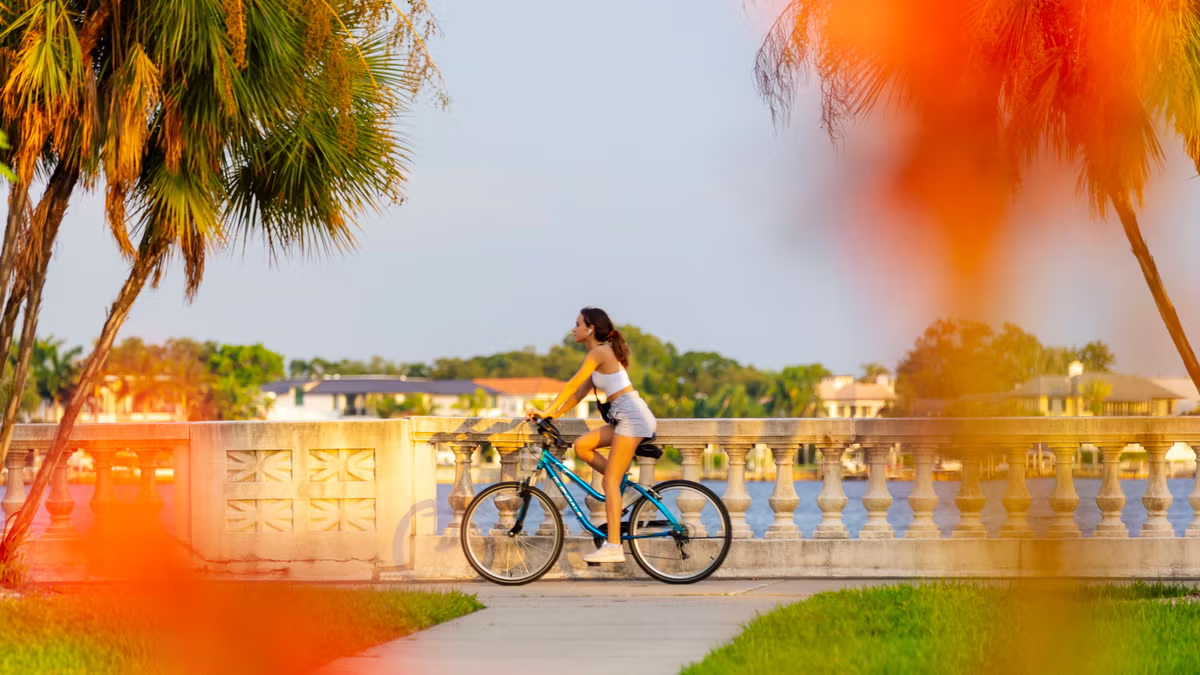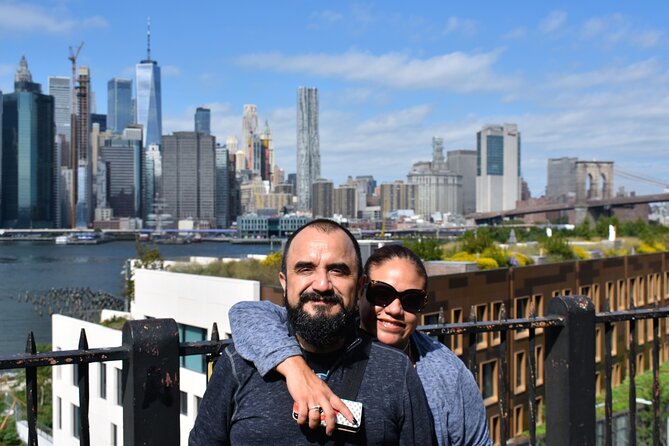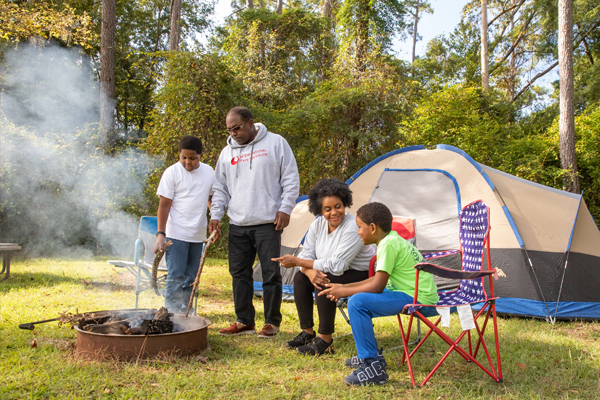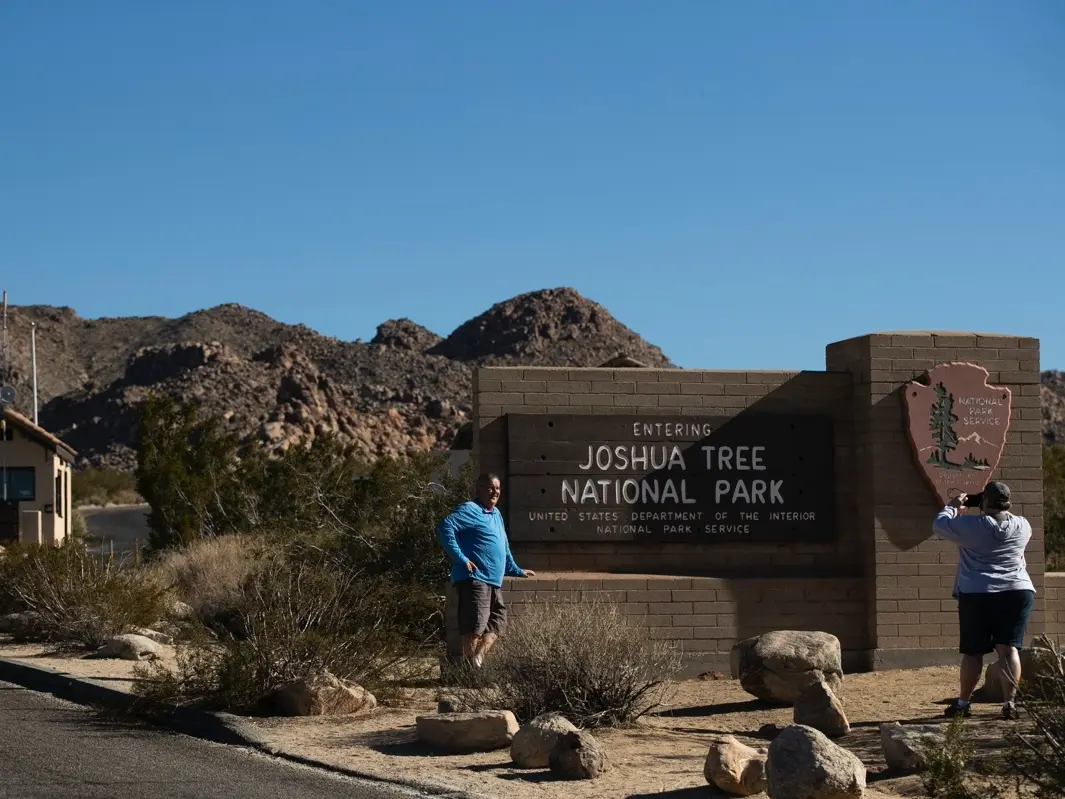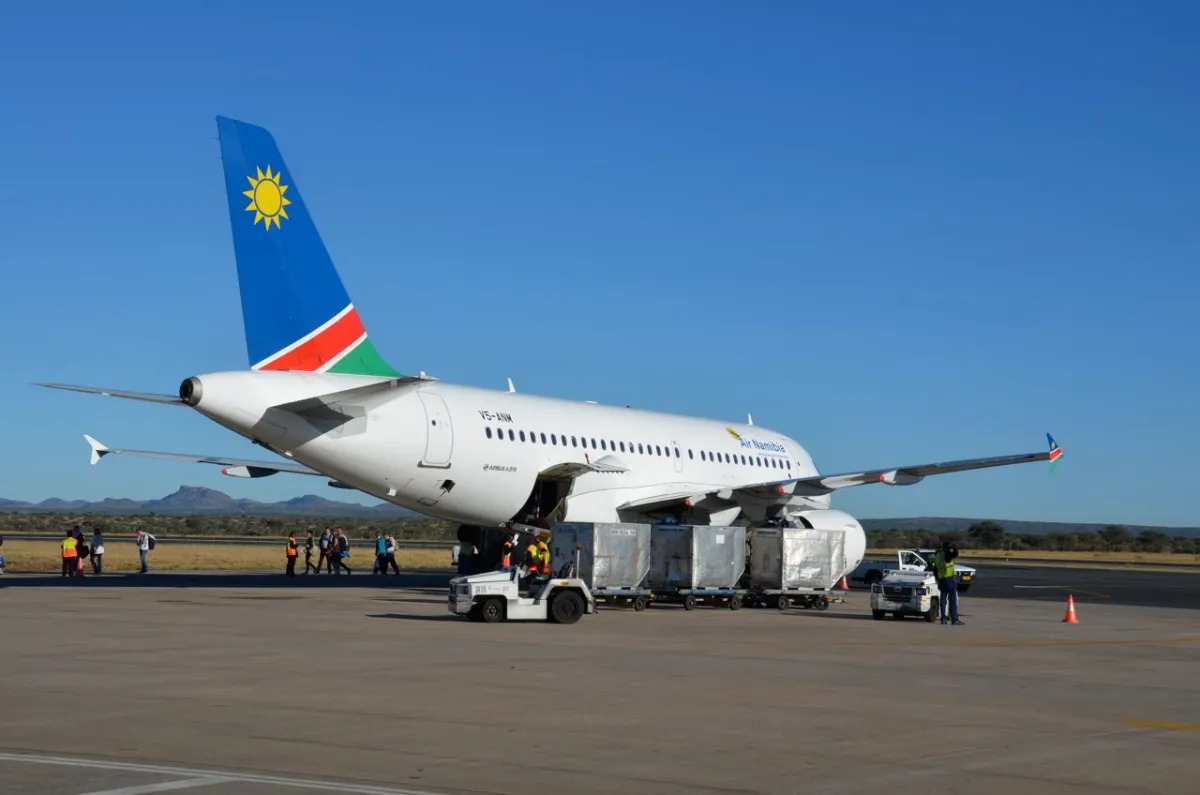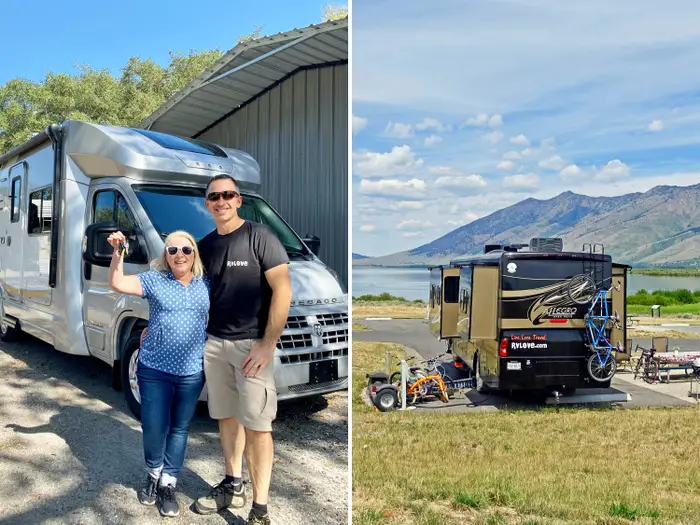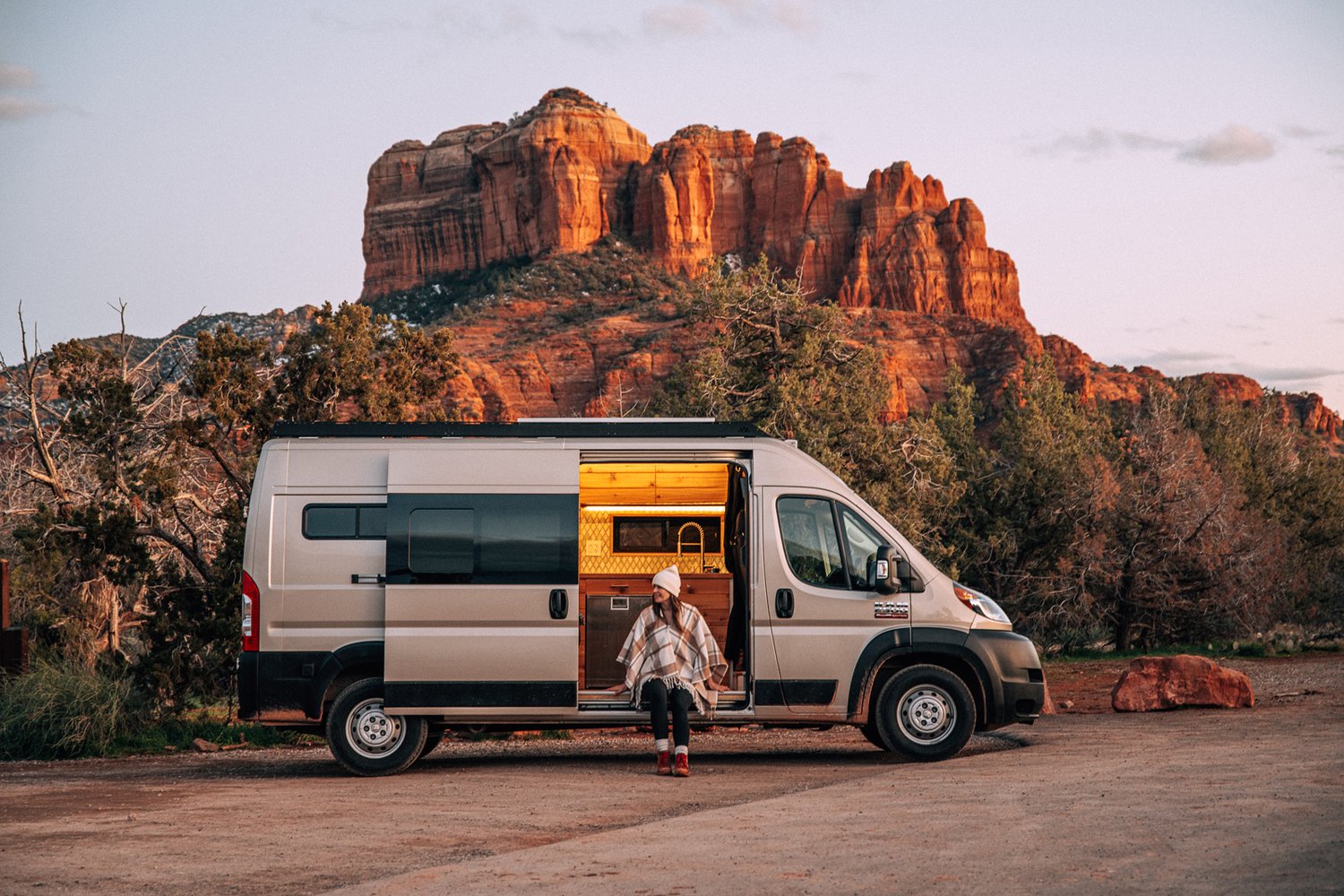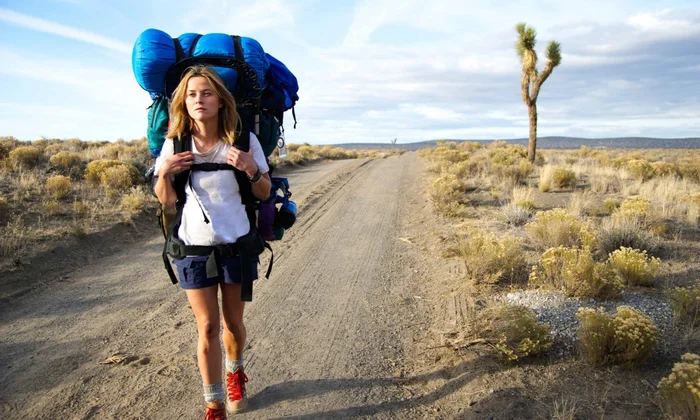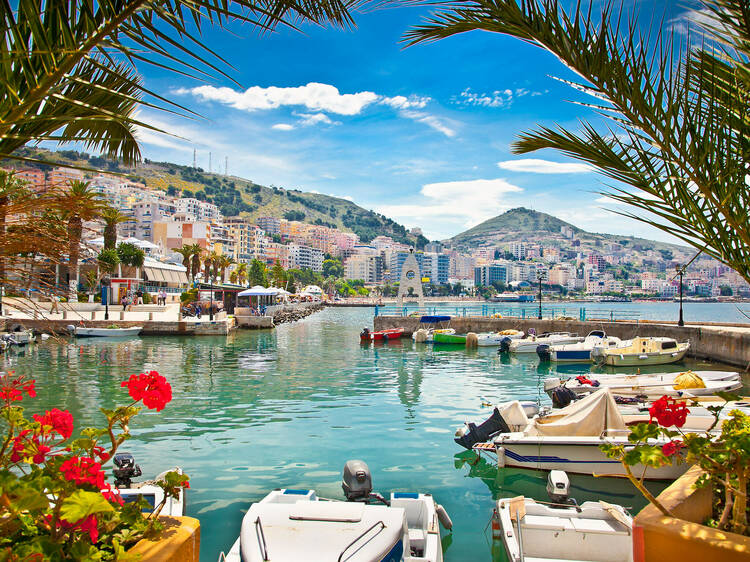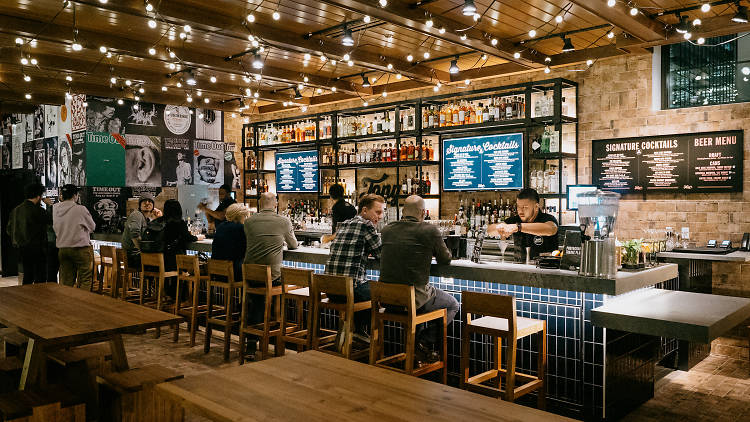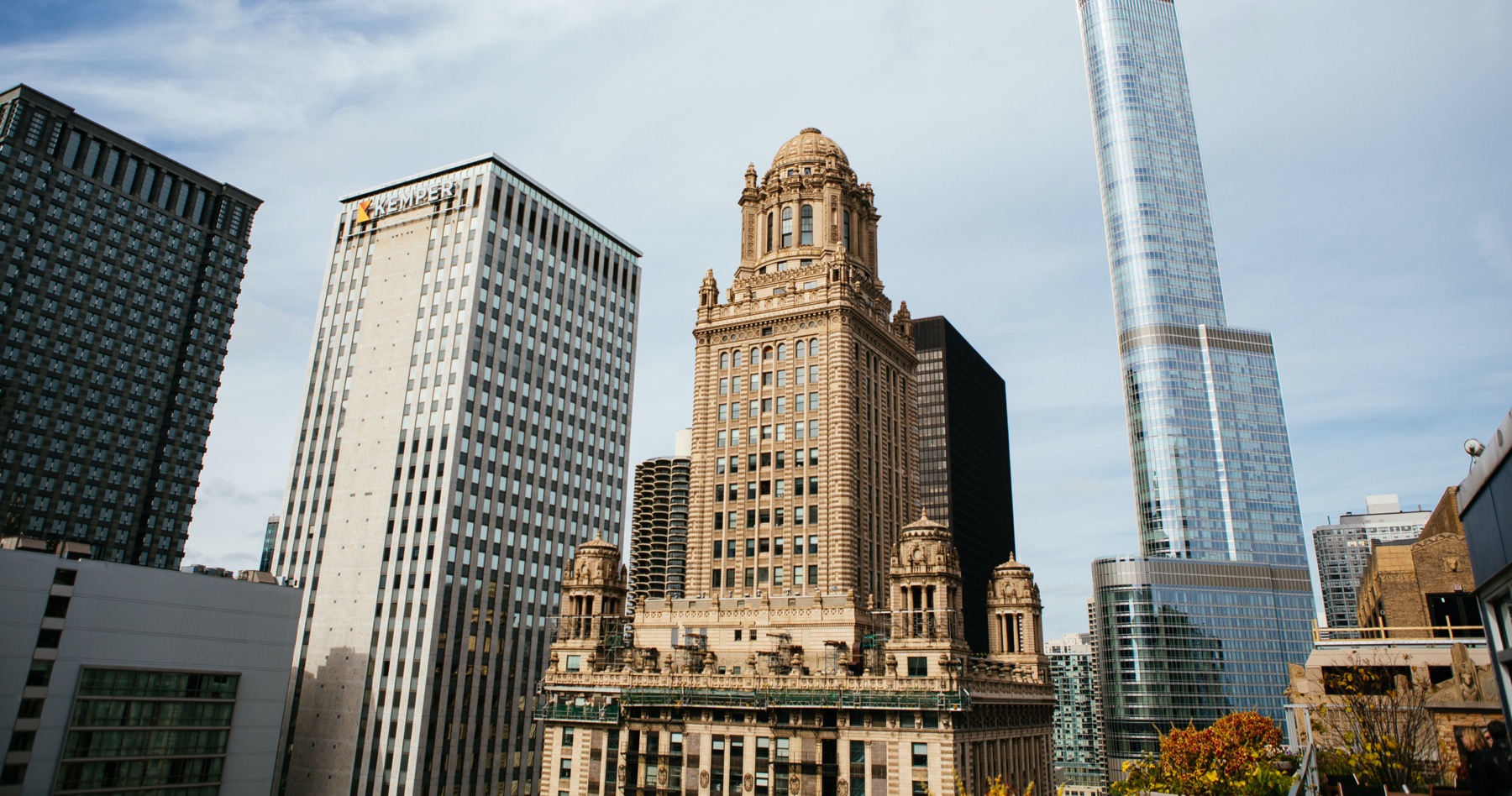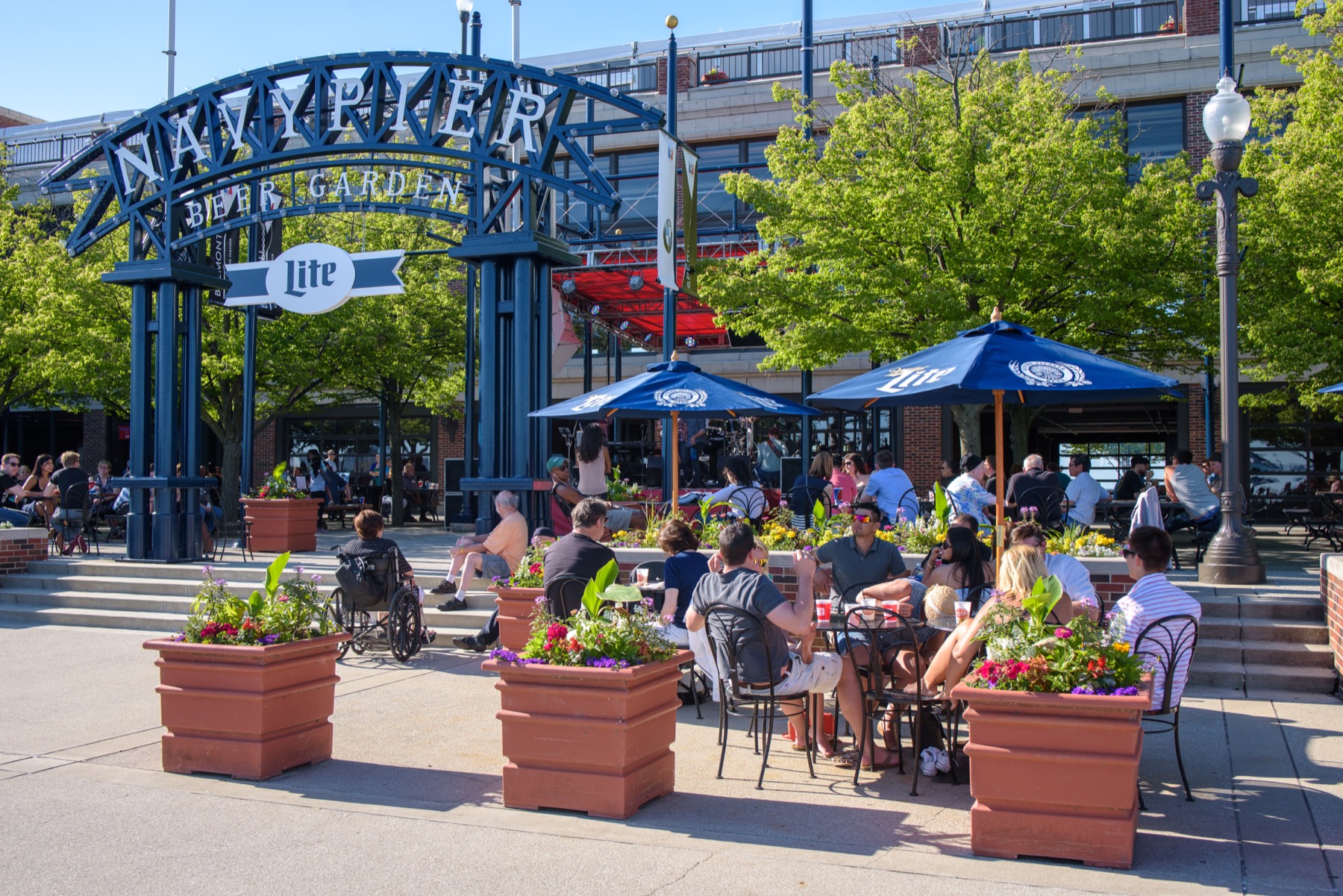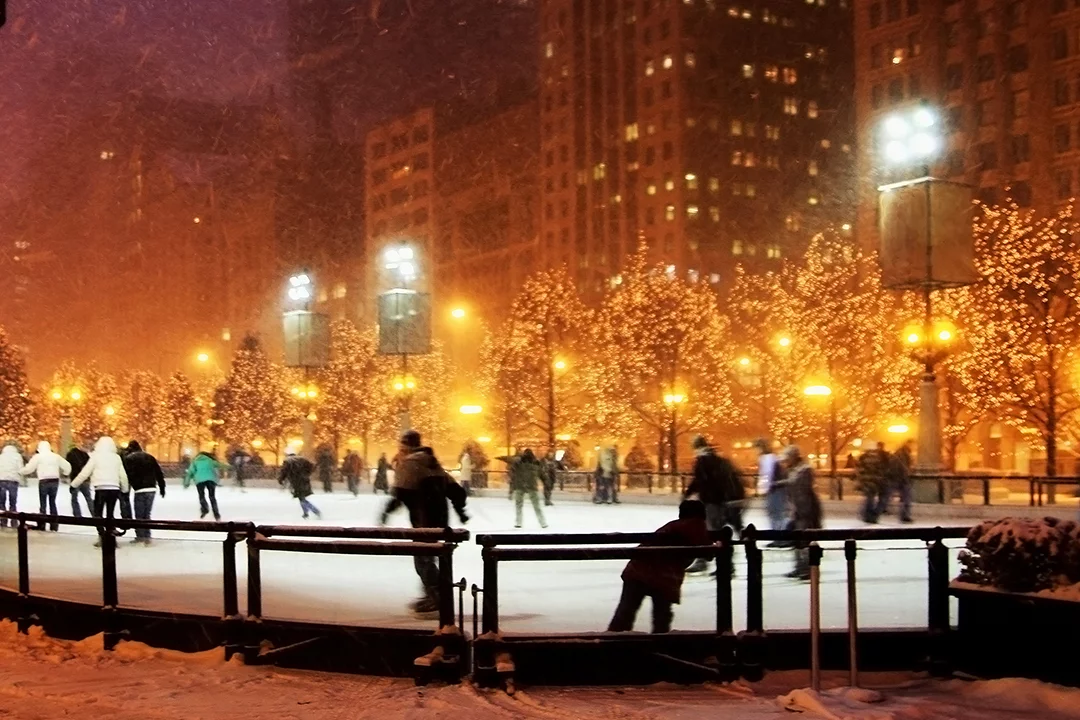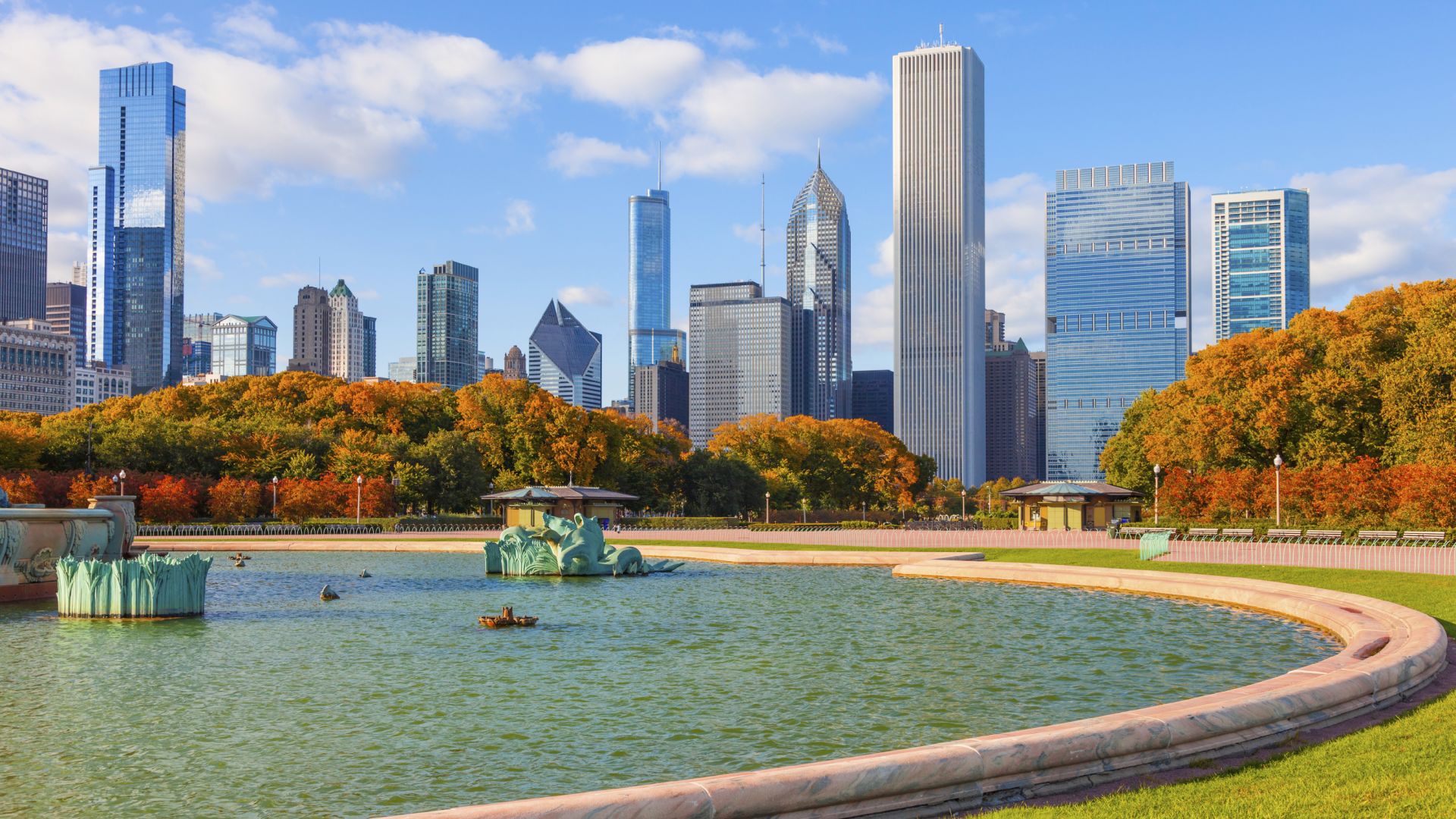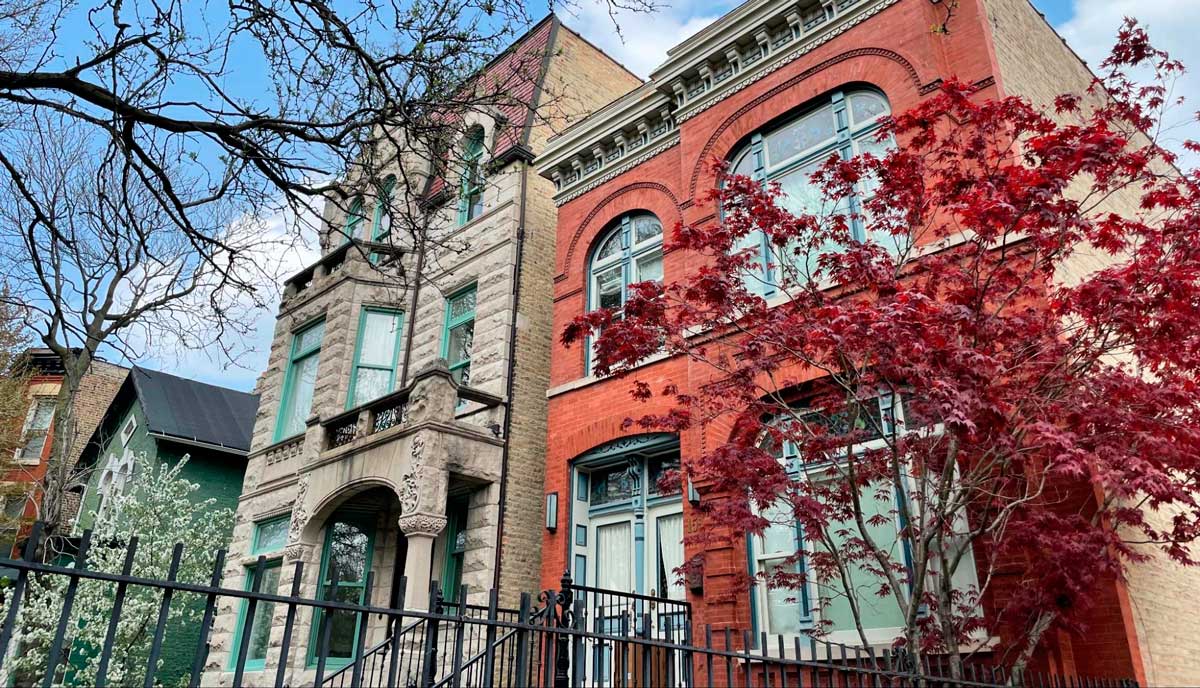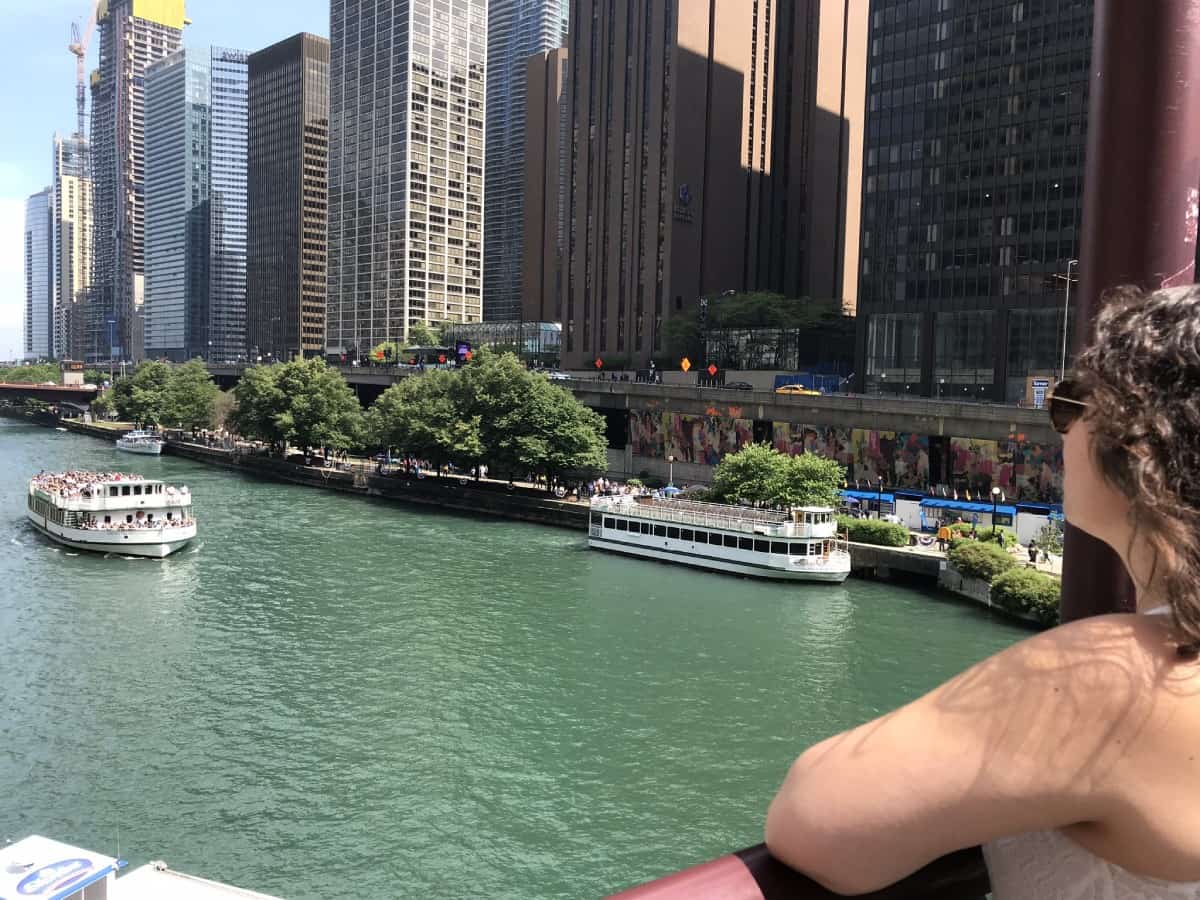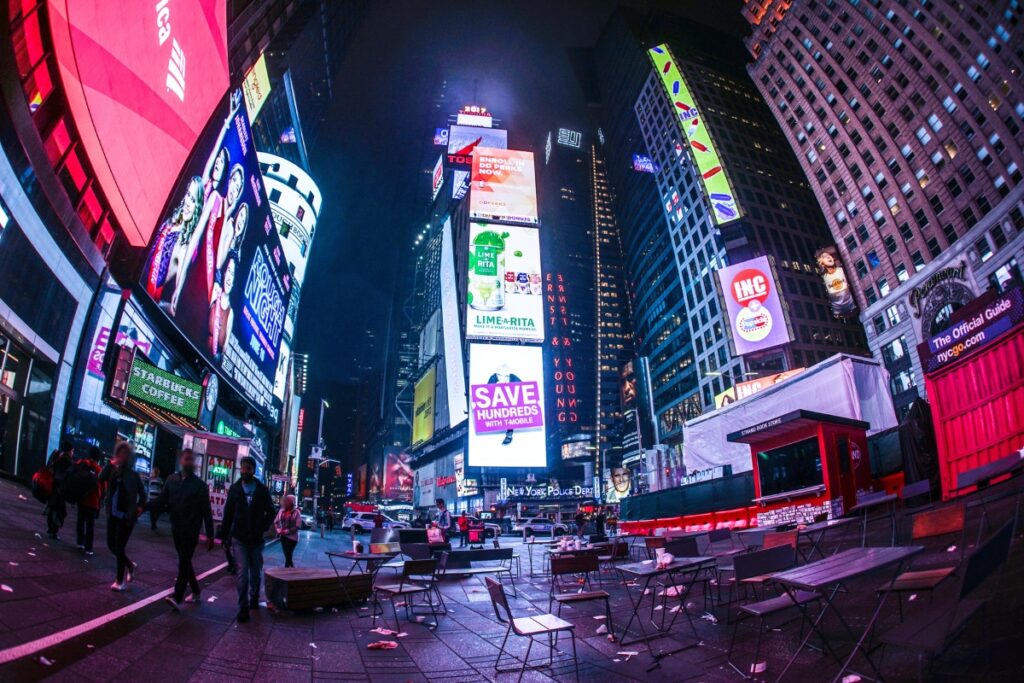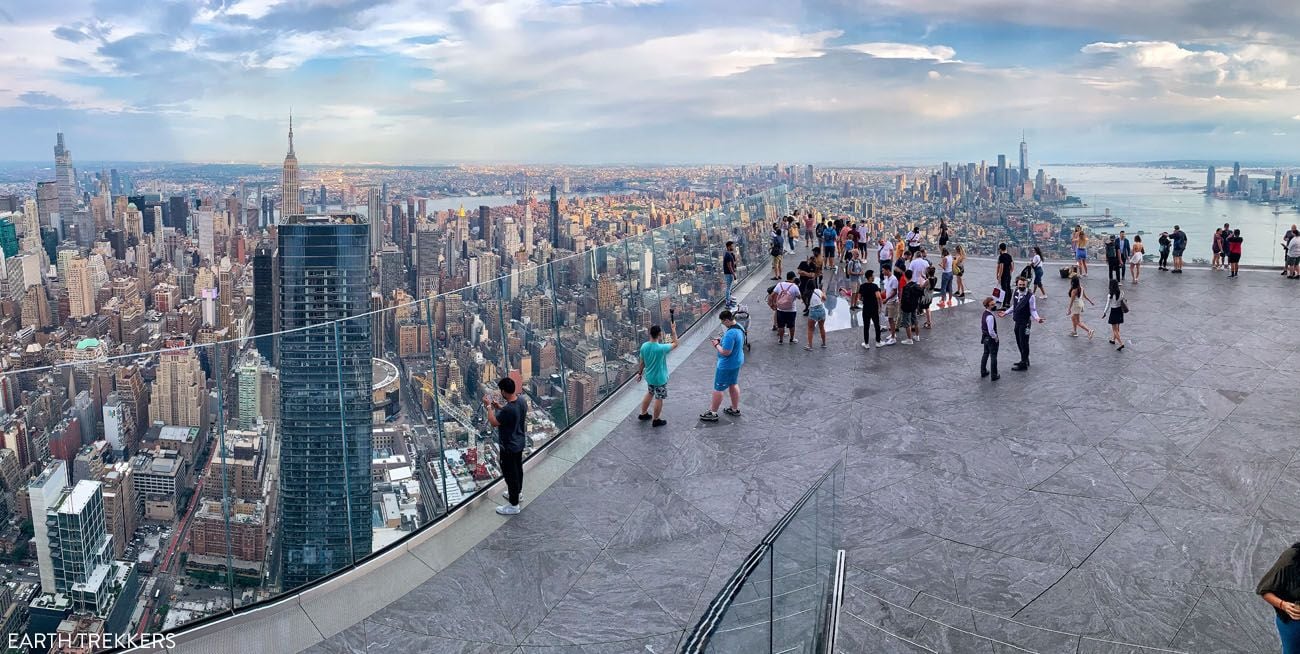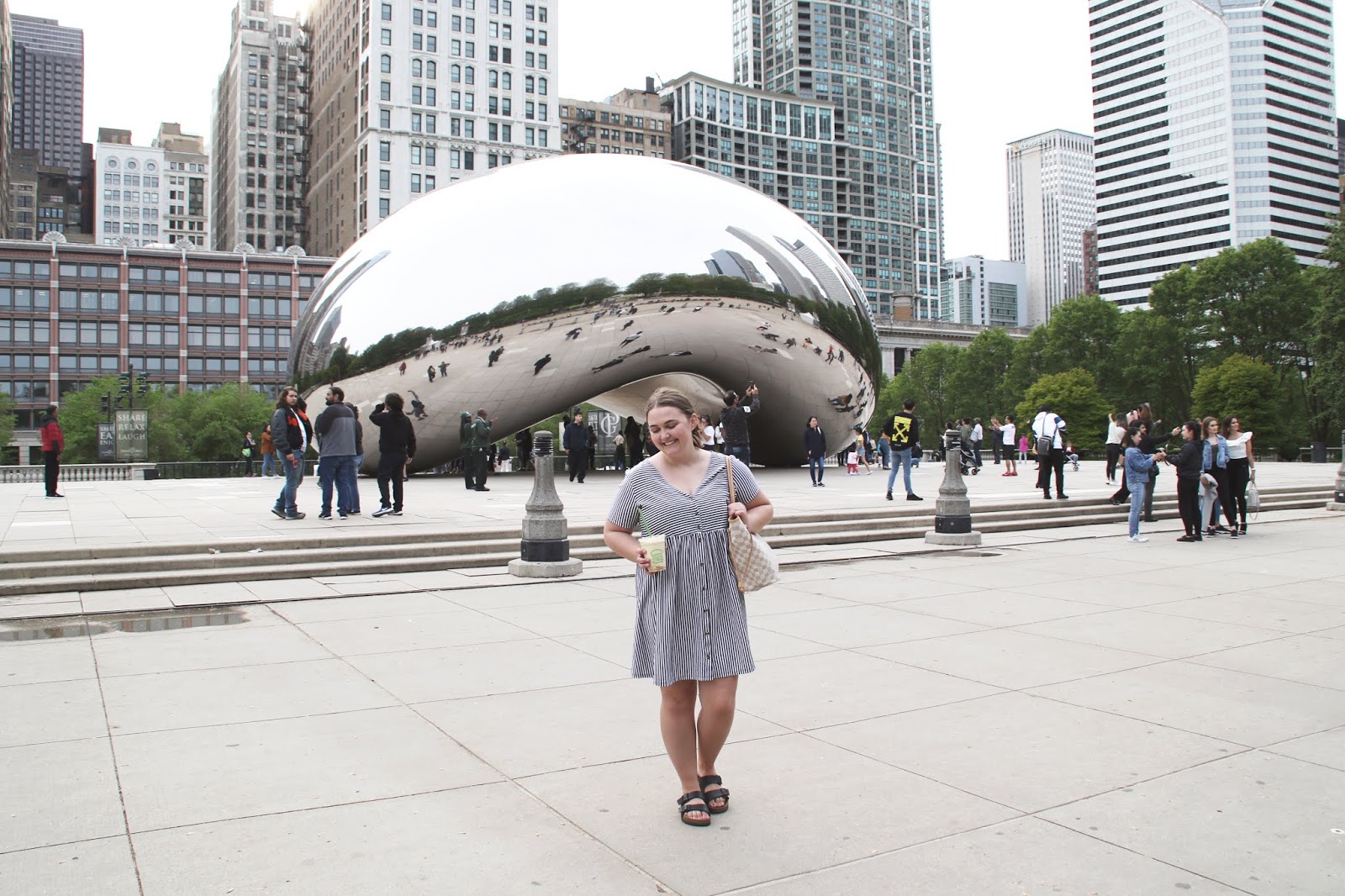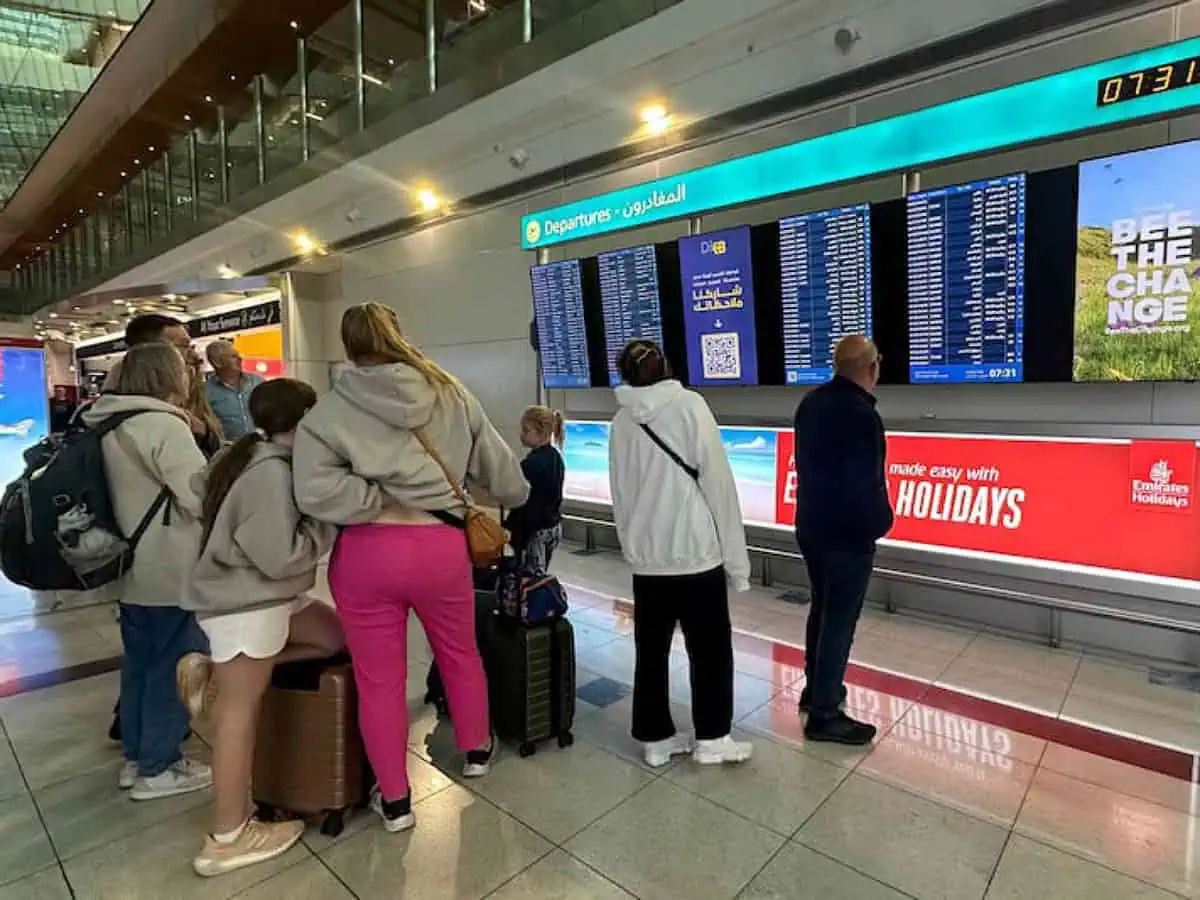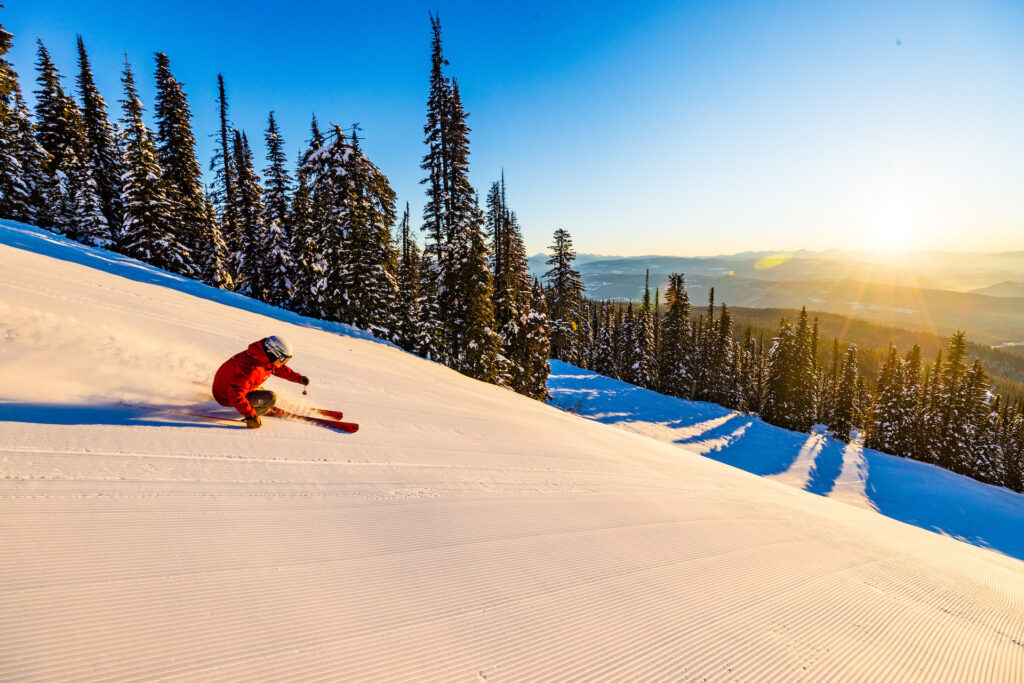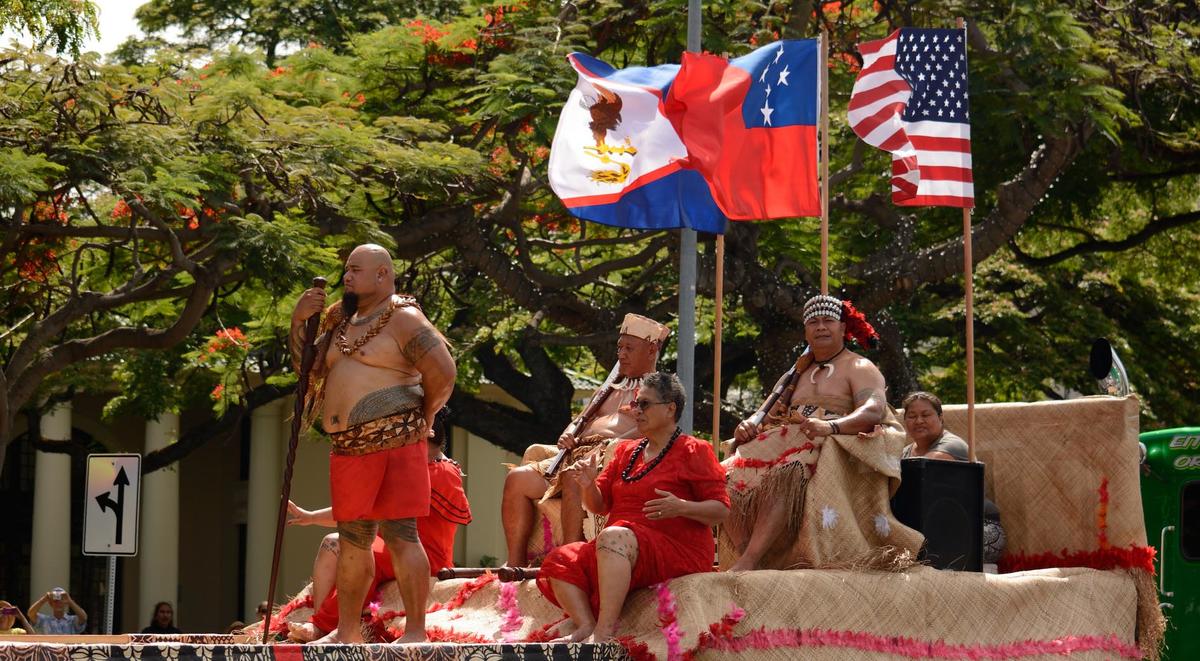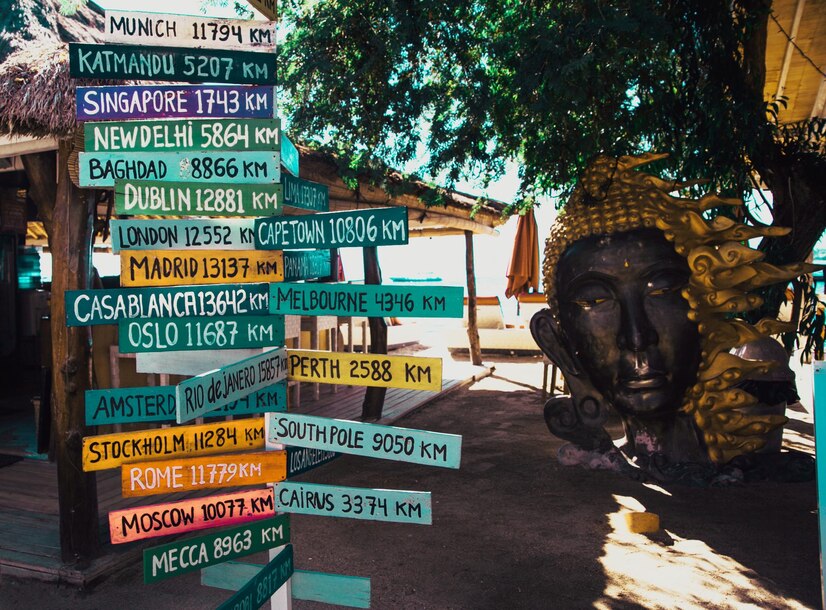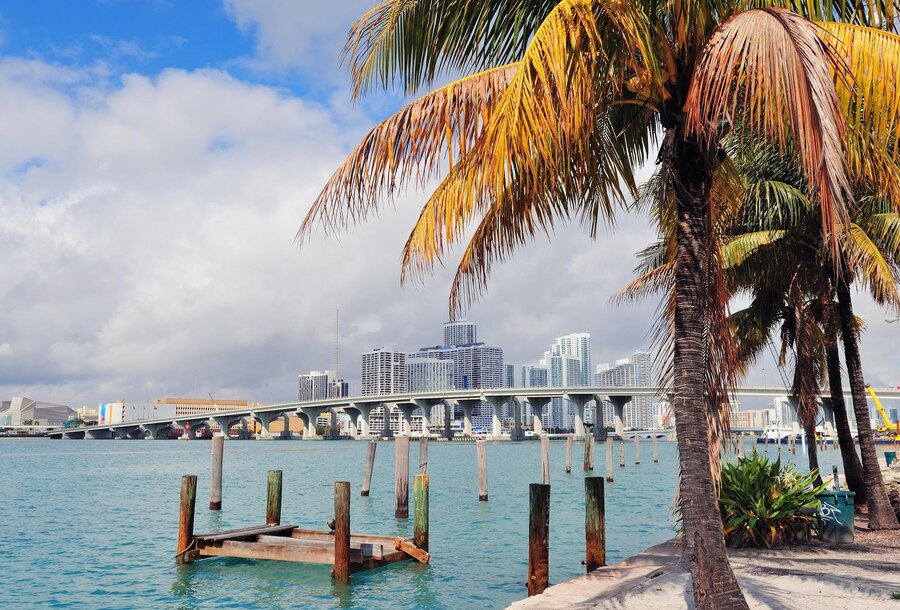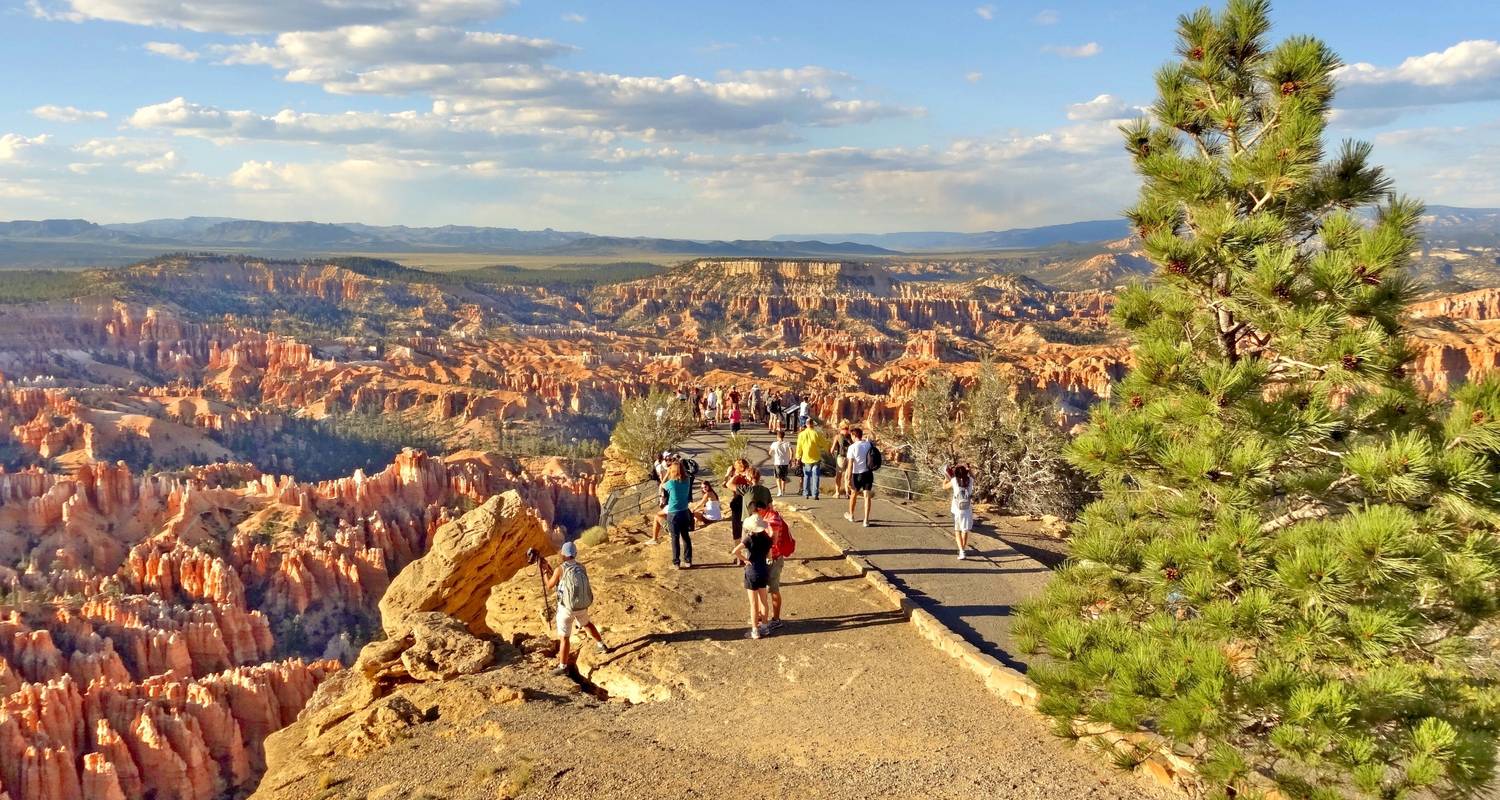
Let me get one thing out of the way: I live for the outdoors. Hiking, camping, fishing, hunting—if it gets me off the grid and under a big sky, I’m there. I’ve hiked with blistered heels, camped in freezing temps, and gotten lost in the woods more times than I’ll admit.
So when I started seeing credible reports that the U.S. Forest Service is laying off staff, I was furious.
We’re not talking about back-office accountants or Washington PR people. We’re talking rangers, trail crews, fire prevention staff, wildlife biologists, and campground hosts—the folks who make it possible for you and me to visit our parks without dying, getting lost, or stepping in human waste.
Why are they being let go? Bureaucratic efficiency, they say. Budget cuts. Reallocation of resources.
I call it what it is: Neglect.
After a recent road trip through some of the most iconic national parks in the American Southwest, I came back with a fire in my belly and a simple message:
If we care about wild places, we need to fight for them. Now.
Zion National Park: Wild Views, Worn-Out Staff
Zion is a spiritual place for me. Towering sandstone cliffs, slot canyons carved by water and wind, and trails that make your heart pound for all the right reasons.
Angel’s Landing? It’s a bucket-list hike for a reason. But on my last visit, the experience was marred—not by the heights, but by the overflowing trash cans, broken toilets, and exhausted volunteers trying to keep things together.
The shuttle driver told me his shift used to be eight hours. Now it’s often ten or more—with fewer breaks, less staff support, and no pay bump.
Let that sink in. One of the most visited parks in the country can’t maintain its basic services. And Zion isn’t alone.
Bryce Canyon: Beauty on the Brink
Bryce Canyon is a quieter park, famous for its otherworldly hoodoos and brilliant sunrises. But here too, things are cracking—literally.
Trail erosion is rampant. Switchbacks are crumbling. Signage is faded or missing altogether. And there’s a noticeable ranger shortage. On a weekend visit in peak season, I encountered only one uniformed ranger—managing both the visitor center desk and emergency calls.
Meanwhile, the crowds keep coming.
Over 2.6 million people visited Bryce in 2023, and numbers are expected to grow. Yet staffing levels remain frozen or even reduced. That’s not just irresponsible—it’s dangerous.
Grand Canyon: Majestic and Mismanaged
If any park should be untouchable, it’s the Grand Canyon. It’s not just a national treasure—it’s a global icon.
But when I visited recently, I was shocked.
There were overfilled bins attracting wildlife, entire stretches of the South Rim Trail with faded or missing directional signs, and a permit system so backlogged that some hikers were canceling multi-day backcountry trips altogether.
One ranger I spoke with—visibly burned out—told me point-blank: “We’ve stopped being proactive. Now we just triage what we can.”
Let that settle in. Our most famous park is operating in survival mode.
Canyonlands & Capitol Reef: Ghosted by the System
These two stunning Utah parks are often overlooked, but they are every bit as majestic.
Canyonlands, with its Martian landscapes, ancient petroglyphs, and deep canyons, offers solitude like nowhere else. Capitol Reef feels like a secret paradise—orchards, sandstone domes, and trails with no crowds.
But here’s the truth no one wants to talk about:
They’re being abandoned.
On my recent trip, multiple trailheads had outdated safety notices from two years ago. Ranger stations were shuttered midweek. In one remote area, the only available information came from a volunteer handing out photocopied maps from their own stash.
These parks deserve better. They’re not Instagram-famous, but they’re vital to the ecosystem—and to the soul of the Southwest.
Why This Is Happening
Some blame declining federal budgets. Others cite political gridlock. Some even argue that public lands are being intentionally underfunded to justify privatization.
Whatever the reason, the effects are clear:
-
Trail maintenance is neglected.
-
Restrooms are closed.
-
Rangers are stretched dangerously thin.
-
Wildfire prevention efforts are falling behind.
-
Visitors are being put at risk.
And let’s be clear: this isn’t about political sides.
This Isn’t Political. It’s Practical.
When I rant about this, people make assumptions.
“You must be a tree-hugging liberal.”
“But you said you hunt—aren’t you pro-conservative?”
Here’s a wild idea: maybe I’m just someone who gives a damn about nature.
The health of our parks isn’t about red vs. blue. It’s about green—the literal kind (trees, trails, grasslands) and the metaphorical kind (money to protect it all).
Every time we underfund these spaces, we send a message: “They’re not worth it.”
But they are worth it. They’re priceless. And they need us more than ever.
What You Can Actually Do About It
Furious? Good. Let’s turn that anger into action.
1. Support Real Conservation Groups
Do your homework. Skip the ones with glossy marketing and bloated overhead. Support those doing boots-on-the-ground work:
-
National Parks Conservation Association (NPCA)
-
The Conservation Alliance
-
Public Lands Fund
-
Friends of specific parks (like Friends of Zion or Grand Canyon Trust)
These organizations fund trail crews, wildlife biologists, fire mitigation efforts, and policy advocacy that actually moves the needle.
2. Buy the Damn Pass
The America the Beautiful Annual Pass is $80.
That’s:
-
Less than one dinner out in a big city.
-
Cheaper than a lift ticket.
-
A small price to pay for unlimited access to 2,000+ federal lands.
And yes, the money goes directly to supporting public lands.
3. Volunteer Locally
Can’t donate cash? Donate time.
-
Join a trail cleanup.
-
Volunteer for a habitat restoration event.
-
Help staff your local state or national park during busy weekends.
Even helping with data entry or social media outreach for small conservation nonprofits can make a difference.
4. Call Your Representatives
Think it doesn’t matter? Think again.
Public lands have bipartisan support—but only when voters demand it.
Tell your local and national reps:
-
You oppose layoffs in the National Park Service and U.S. Forest Service.
-
You want increased funding for park infrastructure and staffing.
-
You support sustainable visitor access, not overcrowding and mismanagement.
5. Be a Better Visitor
This one’s free. And it matters.
-
Pack out your trash.
-
Stay on trails.
-
Respect wildlife and signage.
-
Don’t carve your name into trees or rocks.
-
Limit your drone use and noise pollution.
-
Educate others who don’t know better.
Want to make a real impact? Teach your kids. Teach your friends. Be the example.
This Is Our Wake-Up Call
I’ll keep hiking. I’ll keep exploring. I’ll keep sleeping under the stars whenever I can.
But I won’t lie to myself anymore: our parks are in trouble.
They’re suffering under the weight of budget cuts, over-tourism, environmental strain, and political apathy.
And the people who love them most—you, me, the hikers, the anglers, the road-trippers—we’re the ones who have to stand up.
We need more than Instagram reels and inspirational quotes. We need stewardship.
Because if we let these places fall apart, we lose something far greater than a weekend getaway. We lose heritage, healing, history, and hope.
So yeah, I’m furious. But I’m also hopeful.
Because people like you are reading this.
And maybe, just maybe, you’ll speak up. You’ll show up. You’ll give a damn.
Because the Southwest’s national parks matter now more than ever.
Did this resonate with you?
Share it. Talk about it. Take someone on a hike. Donate. Volunteer. Be loud.
The parks can’t speak for themselves—but we can.



